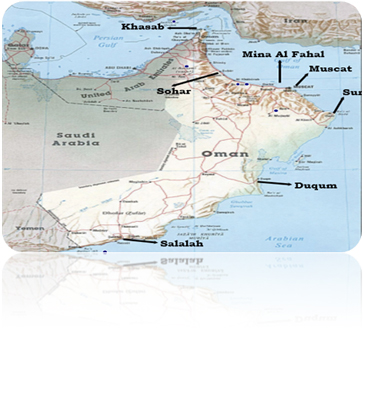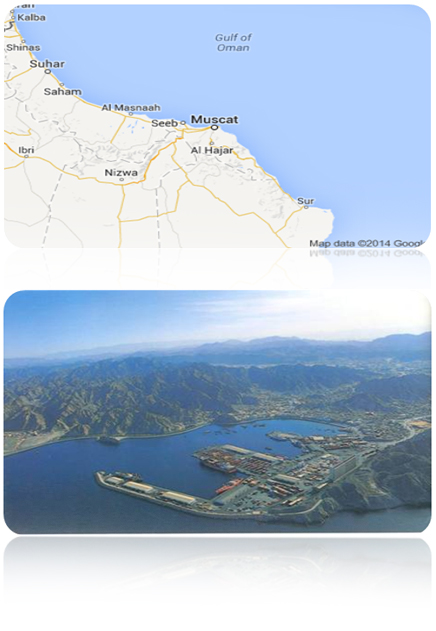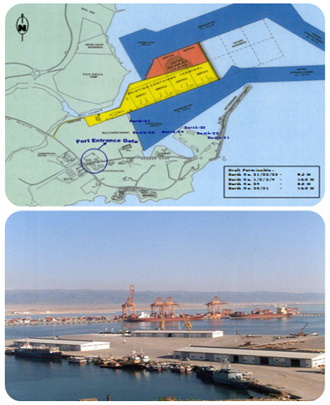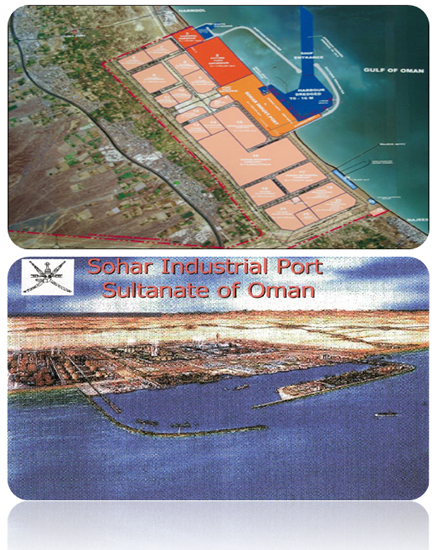
| About Oman | |
| Oman, officially called the Sultanate of Oman, is an Arab state in southwest Asia on the southeast coast of the Arabian Peninsula. It has a strategically important position at the mouth of the Persian Gulf. It is bordered by the United Arab Emirates to the northwest, Saudi Arabia to the west, and Yemen to the southwest and also shares marine borders with Iran and Pakistan. The coast is formed by the Arabian Sea on the southeast and the Gulf of Oman on the northeast. The Madha and Musandam exclaves are surrounded by the UAE on their land borders, with the Strait of Hormuz and Gulf of Oman forming Musandam's coastal boundaries. From the 17th century, Oman had its own empire, and vied with Portugal and Britain for influence in the Persian Gulf and Indian Ocean. At its peak in the 19th century, Omani influence or control extended across the Strait of Hormuz to Iran, and modern-day Pakistan, and as far south as Zanzibar (present-day Tanzania). As its power declined in the 20th century, the sultanate came under heavy influence from the United Kingdom, though Oman was never formally part of the British Empire, or a British protectorate. Oman's official religion is Ibadi Islam. Omani people are ethnically diverse, the native Omani population consists of many different ethnic groups, including Arabs, ethnic Balochis, Swahilis, ethnic Lurs (who speak Kumzari), Hindus and Mehri people. The largest non-Arab Omani community are Balochi people, who are an Iranian people following the Sunni faith. At least 12 different languages are native to Omani citizens. Oman is an absolute monarchy in which the Sultan of Oman exercises ultimate authority, but its parliament has some legislative and oversight powers. Oman is a member of Gulf Cooperation Council, United Nations, Organisation of Islamic Cooperation and Arab League. It has long standing military and political ties with the United Kingdom and the United States. Oman, compared to its neighbors, has modest oil reserves ranking at 25th globally,nonetheless in 2010 UNDP ranked Oman as the most improved nation during the preceding 40 years globally. Additionally, Oman is categorized as a high income economy and the 45th most peaceful country in the world. |
|

| • Port Sultan Qaboos – Muscat | • Port Raysut – Salalah | • Sohar Industrial Port, Sohar |
• LNG & OMIFCO Terminals, Qalhat, Sur |
• Khasab / Mussandam | • Khasab / Mussandam
|
|
|||||||||||||||||||||||||||||||||||||||||||||||||||||||||||||||||||||||||||











